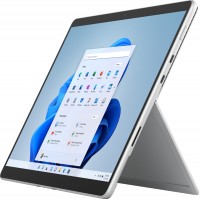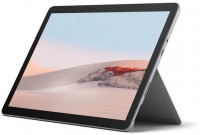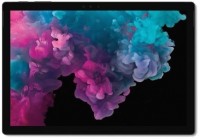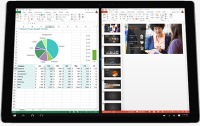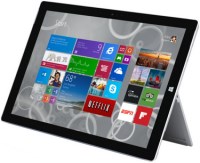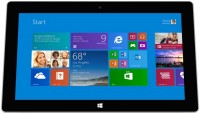Tablets Microsoft series Surface Pro 9
Microsoft Surface Pro 9
Surface Pro hybrid tablets are the pinnacle of Windows tablet evolution and perhaps the only serious competitor to Apple's premium products. In addition to the high-end performance and cutting-edge hardware, the beauty of these devices lies in their versatility: the device can be used as a damn powerful tablet with the Surface Slim Pen stylus, or you can attach a detachable keyboard with a stand to the display and use the Surface Pro as a powerful ultrabook.
 |
With the ninth generation of Surface Pro, Microsoft engineers added support for 5G, a 120Hz display refresh rate, deprecated the dedicated audio output, and increased the tablet's firmware level of security. Otherwise, this is the same premium transformer with a high-end 13-inch PixelSense Flow touch screen (resolution 2880x1920 pixels, display aspect ratio 3:2), modern communication modules (Wi-Fi 6E + Bluetooth 5.1), main and auxiliary cameras, stereo speakers with Dolby Atmos and support for a proprietary stylus. Since the time of the G8, the appearance of the tablet has not actually changed, but 2 new options (sapphire and emerald) have been added to the two original color options (platinum and graphite).
In the ninth generation, Microsoft traditionally released a bunch of Surface Pro variations with different memory configurations. The younger version is equipped with 8 GB of LPDDR4X RAM and a 128 GB SSD drive. While the oldest version of the tablet is equipped with 32 GB of RAM and a 1024 GB solid state drive. Also, for the first time in the history of the series, the manufacturer offers a novelty based on two completely different processors: the classic desktop 12th generation Intel Core i5/i7 or a custom Arm-chip from Qualcomm. The version with a mobile processor will receive a SIM card tray. For an Intel-based tablet, the claimed battery life is 15.5 hours, for the version based on its own processor - up to 20 hours. Thus, the company combined the Surface Pro and Surface Go series.

